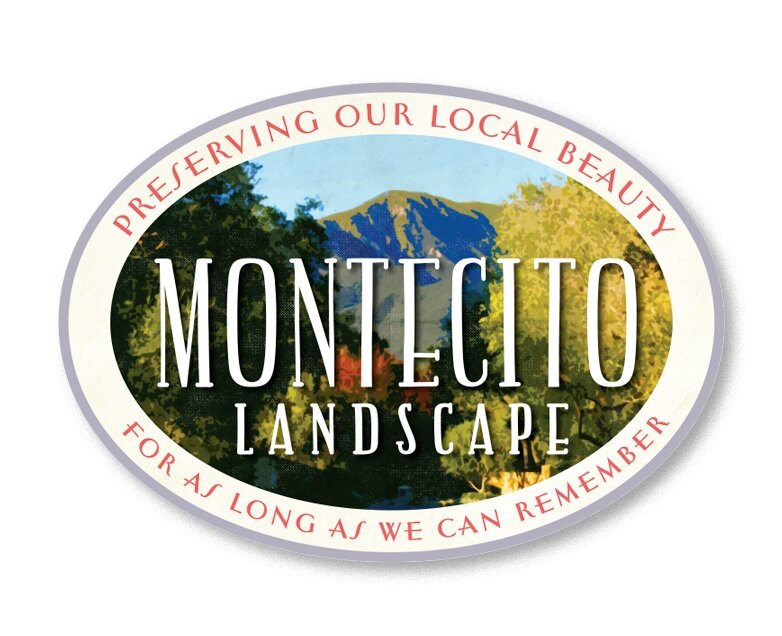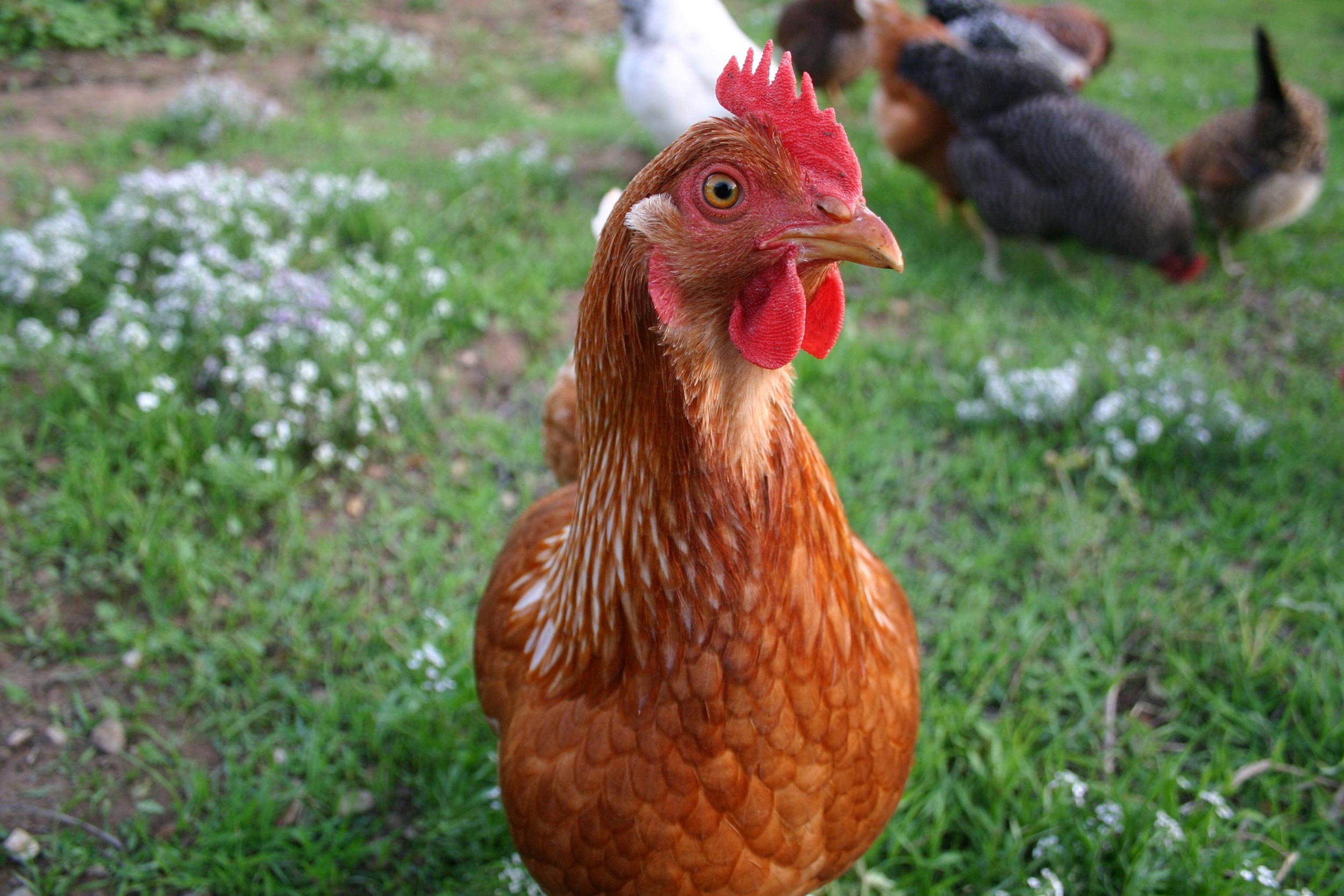This handful of soil from Beckman Biodynamic Vineyard in Santa Ynez Valley is teeming with life
Living Soil
“Put a Five-dollar plant in a Ten-dollar hole”. Talk to any seasoned nursery person and they will tell you this. You can spend hundreds, thousands, even hundreds of thousands on plants and irrigation, hardscaping and all the rest. But if you don’t have good, living soil your landscape will not thrive.
What is Living Soil?
Living soil is full of microscopic organisms, worms and other creatures that work in harmony to create the perfect growing environment. Without getting into the science of it, plants, just like humans, have a natural immunity to critters of all kinds. And, if allowed to grow generally unmolested they will likely take care of themselves. Oh, and here’s a good one, living soil requires 50% LESS WATER.
Leave the Leaves
Here’s an amazing fact; all plants drop leaves constantly, even evergreens. When the leaves fall to the earth, if left alone, they break down and with the help of the microscopic organisms become the exact “food” that plant needs! What?! YES! If you have living soil, full of good organisms, they are continually creating food for your plants. Crazy! There’s more science going on, and if you are interested, the resources at the end of this column will allow you to do your own “deep dive” into the subject of living soil.
Five Steps to Create Living Soil
1. Stop raking up the leaves. This is a tough one, I know. Some of you want everything to be neat and tidy. Hate to break it to you, but Nature is anything but neat and tidy. If you want neat and tidy, install hardscape, and get a bunch of pots for some plants and replace them seasonally if needed. If you are raking up all your leaves, you are creating hardscape anyway.
2. Stop using Chemicals. Chemical fertilizers and Pesticides, KILL. Chemical fertilizers kill your soil and leave it lifeless. I hate to be a downer, but it’s an endless cycle, kill the soil, buy more chemicals, kill the soil, etc! Without going down that path of evil, just know that every time you are using chemicals you are killing your soil. Some chemical companies try to fool you by saying “including organic ingredients” don’t fall for the PR, read labels. Dang, I just went down that path of evil, sorry.
3. Bring in the Mulch. If you are attempting to revitalize dead soil, the easiest thing to do is lay mulch on every square inch of bare soil. DO NOT buy dyed mulch. If you have any oak trees in the neighborhood and a neighbor who rakes them all up, send your gardener over there and put them in your garden. Oak leaves are the best planting medium there is. But, if you don’t have an oak tree or an unsuspecting neighbor, buy some good mulch from Agri-turf, Progressive or Marborg. They can deliver all you want. Do not bury the trunks of trees or plants, but lay mulch thickly, 5-6 inches deep everywhere else. Then, sit back and do nothing, let Nature do all the work.
4. Give your soil a kickstart with compost. Finding a good source of compost might be challenging, but there are local sources like Agri-Turf and Progressive. There are other things you can add to your soil to accelerate the process. Ask around, talk to the folks at Agri-Turf and Island Seed and Feed, they will help you.
5. Sit back and do nothing for a while. Late fall and early winter are the best times to add mulch, leaves, and amendments. Once it has been done, leave your garden alone, hopefully, we will get more rain which helps activate the compost and the microscopic organisms. The beauty of creating living soil is that Nature does most of the work for you.
Here are some resources to explore and local companies who will help. This winter season work with Nature and bring more life into your soil and your garden will thrive.
Until next time, Fill your garden with joy! Xo Lisa
Resources:
Agri-turf 2257 Las Positas Rd. 805-5692257
Agri-chip 132 Garden Street. (805) 965-2046
Island Seed and Feed 29 Fairview Ave, Goleta (805) 967-5262
For the deep dive go to: Dr. Elaine’s Soil Food Web School and
Didi Pershouse how to regenerate life in the earth





